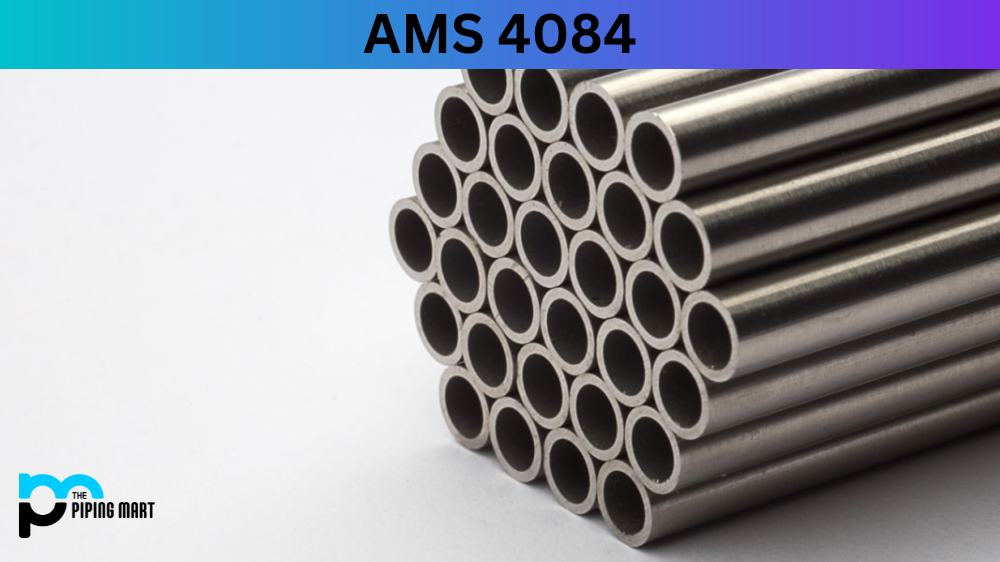UNS K02600 is a low carbon-based steel alloy known for its excellent mechanical properties, corrosion resistance, and workability. It is commonly used in manufacturing due to its high strength, durability, and affordability. This blog post will discuss the composition, physical properties, mechanical properties, uses, hardness, heat treatment, welding, and corrosion resistance of UNS K02600.
UNS K02600 Composition
UNS K02600 comprises iron as the base metal and a combination of carbon, manganese, silicon, sulfur, and phosphorus. It contains about 0.15 per cent carbon, 0.60-0.90 per cent manganese, 0.035 per cent sulfur, and 0.040 per cent phosphorus. Additionally, it has a maximum silicon composition of 0.50 per cent.
UNS K02600 Physical Properties
UNS K02600 has a 7.87 g/cm3 density and a melting point of 1425-1515°C. It has a thermal conductivity of 52.6 W/mK at room temperature and an electrical conductivity of 19.5 MS/m. The coefficient of thermal expansion of UNS K02600 is typically around 10.3µm/m°K.
UNS K02600 Mechanical Properties
UNS K02600 has excellent mechanical properties, including a high tensile strength of 580 Mpa and a yield strength of 365 Mpa. It has a minimum elongation of 20%, which makes it suitable for applications that require flexibility and elasticity. Its toughness and impact resistance are also noteworthy, making it a popular choice among manufacturers.
UNS K02600 Uses
UNS K02600 is used in various applications, such as automotive and aerospace industries, construction, and manufacturing. It is commonly used in manufacturing parts such as shafts, gears, axles, bolts, etc. It is also used in building and construction due to its excellent corrosion resistance properties.
UNS K02600 Hardness
The hardness of UNS K02600 varies according to its heat treatment processes. In its unhardened state, its hardness is approximately 131HB. However, after quenching and tempering, the hardness can be increased to around 300HB, making it ideal for high-stress applications.
UNS K02600 Heat Treatment
Heat treatment is one of the most critical processes in producing UNS K02600. The steel alloy can be hardened by quenching and tempering. Quenching involves heating the metal to a high temperature, then rapidly cooling it in water or oil. Tempering is heating the metal to a lower temperature to remove the internal stresses and improve its elasticity.
UNS K02600 Welding
UNS K02600 can be welded using various welding techniques, such as gas tungsten arc welding (GTAW), shielded metal arc welding (SMAW), gas metal arc welding (GMAW), and flux-cored arc welding (FCAW). However, welding of UNS K02600 requires preheating and post-weld heat treatment to reduce the risk of cracking and distortion.
UNS K02600 Corrosion Resistance
UNS K02600 has high corrosion resistance, making it a preferred choice in manufacturing. It has excellent oxidation resistance, reducing and non-reducing environments, and caustic resistance. It is suitable for applications where exposure to different corrosive environments is likely.
Conclusion
UNS K02600 is a versatile steel alloy with excellent mechanical properties, corrosion resistance, and workability. It is widely used in various industries, including automotive and aerospace, construction, and manufacturing. It can be easily welded, hardened, and heat-treated, making it a popular choice among manufacturers. Understanding the composition, physical properties, mechanical properties, uses, hardness, heat treatment, welding, and corrosion resistance of UNS K02600 is essential in selecting the appropriate alloy for specific applications.

Hey, I’m Krutik, a casual blogger expert in the metal industry. I am passionate about providing valuable information to my readers. With a background in engineering and construction, I like playing Cricket & watching Netflix shows in my free time. Thank you for visiting my blog, and I hope you find my information helpful!




